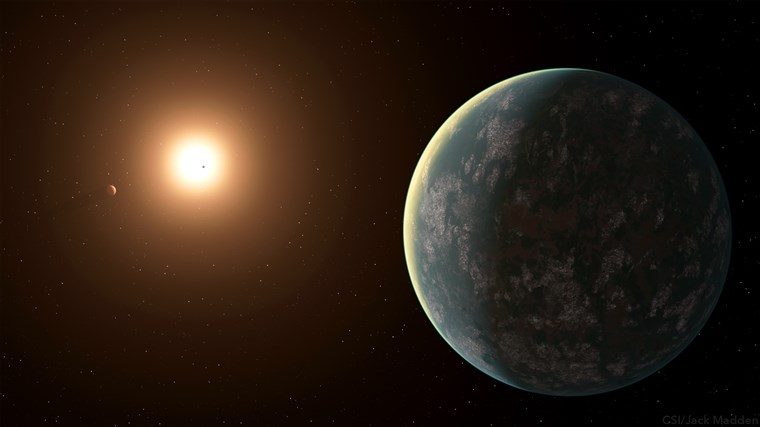Astronomers have announced on Wednesday that they have discovered the closest and potentially habitable planet that exists outside our solar system. The newly found planet has been called super-Earth and named GJ 357 d.
It is located about 31 light-years away from Earth’s solar system and is about six times the size of Earth. It orbits in its host star’s habitable zone, thus making the astronomers believe that water might exist on its surface in liquid form. There is no evidence as of now to support the idea that life exists on GJ 357 d or super-Earth. All that we know is that conditions are favorable for supporting life on super-Earth.
Lisa Kaltenegger, an associate professor of astronomy and director of the Carl Sagan Institute at Cornell University in Ithaca, New York, said, ‘It’s a distance from the star that is not too hot and not too cold.’ The findings of the astronauts have been published in the journal Astronomy & Astrophysics and were presented during an exoplanet conference in Cambridge, Massachusetts last Wednesday.
Kaltenegger co-authored a study about the super-Earth and said that the discovery was completely unexpected. She said, ‘It was like a freebie because it was discovered in the follow-up, I was on vacation at the time, and I was completely surprised.’ It was discovered during an analysis of observational data that was obtained from NASA’s planet-hunting TESS satellite and telescopes that are based on the ground.
Kaltenegger further said, ‘This is definitely going to be one of the best targets for these telescopes because it’s so close and so bright. This means we can collect that light and analyze it further to see the chemical composition of the atmosphere, or if we see signs of liquid water or oxygen. The closer the better and the brighter, the better, and this one happens to be both.’
Elisabeth Adams is an associate research scientist at the Planetary Science Institute in Somerville, Massachusetts, and said that the discovery of super-Earth is ‘really exciting.’ Adams said, ‘This is going to be one of the best ones to go look at with the James Webb Space Telescope. It’s a really good candidate to get atmospheric measurements, and that would tell us the composition or if there’s oxygen, and from there, that would tell us how habitable it is.’
We have our fingers crossed about what the astronomers will be able to determine about the super-Earth after carrying out a detailed analysis.

